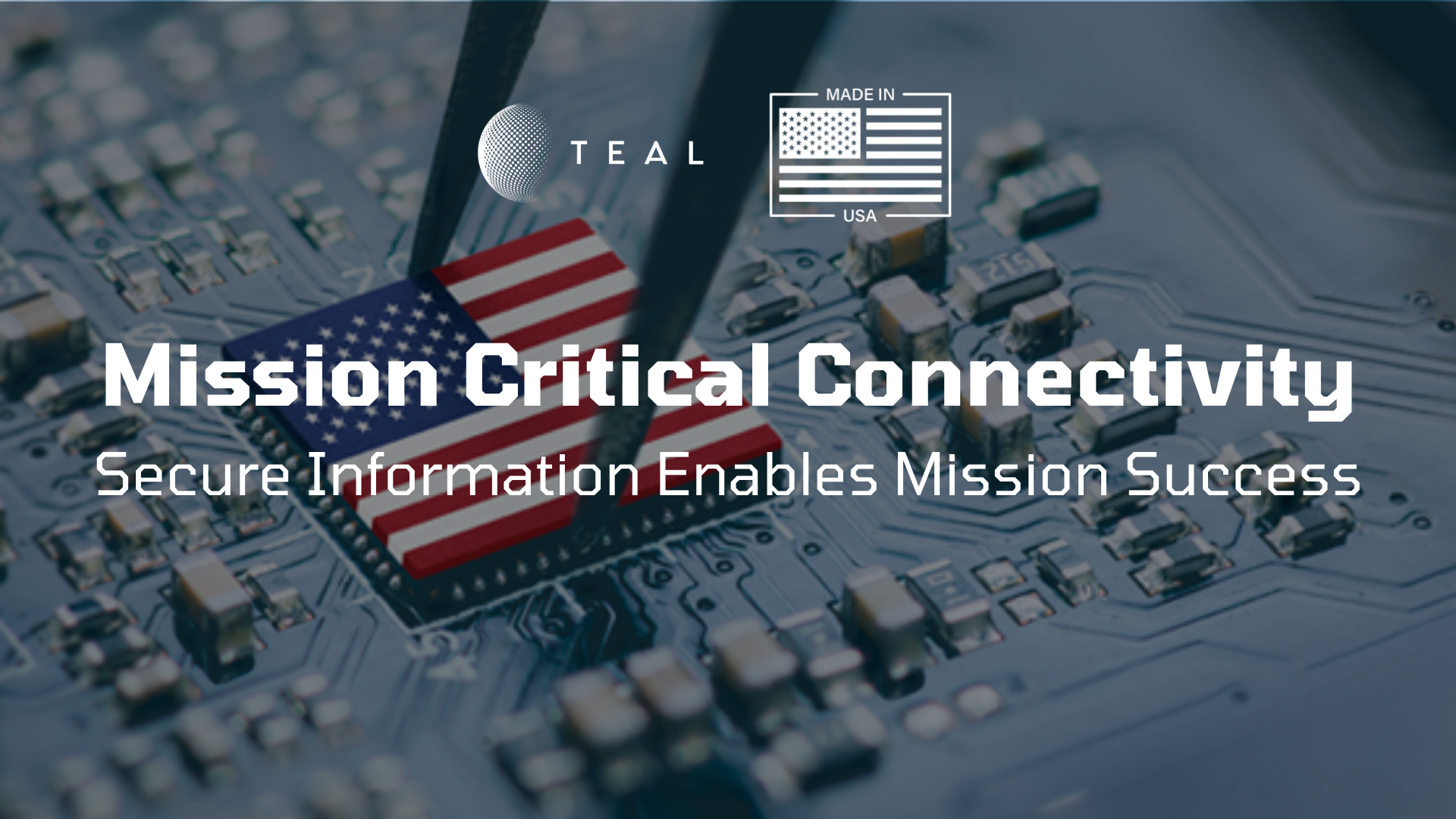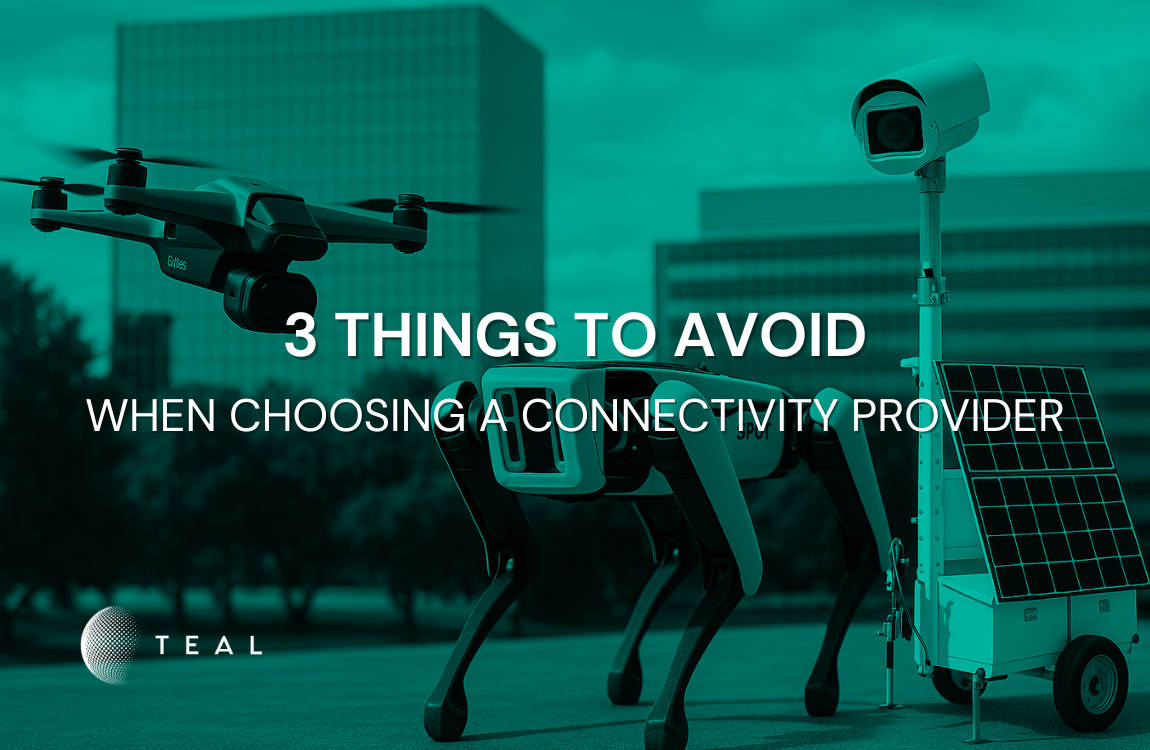Navigating the New Digital Landscape: Futureproofing Against the 3G Shutdowns in Australia and Southeast Asia

Across Australia and Southeast Asia, the telecommunications landscape is shifting rapidly. The sunsetting of 3G networks is paving the way for more advanced 4G and 5G technologies. This transition, while signifying technological progress, brings significant impacts and challenges for consumers and businesses alike.
Examples include Telstra which is phasing out 3G mobile service in June 2024 and Optus following a few months later. Many companies are still evaluating their current solutions and looking for replacements – but businesses should not be afraid. 3G networks will be turned off to make room for 4G and support newer, faster networks. In this blog post, we’ll explore how eSIM technology is helping to futureproof IoT deployments against network sunsets worldwide.
The Key Impacts of 3G Shutdowns
A Push Towards Advanced 5G Networks
The decommissioning of 3G networks has escalated the transition to 4G and 5G, promising faster and more reliable communication. However, this advancement comes with a steep price for those anchored to older 3G technologies. There is a growing digital divide, especially affecting individuals and businesses not yet equipped for this leap.
The Cost of Technological Upgrades
Industries that depended on 3G for Machine-to-Machine (M2M) communications face a new economic strain. The requirement to upgrade technology to remain operational has translated to increased costs and adjustment periods, which can affect the bottom line. Managing SIM cards can be a daunting task, especially when deploying thousands of IoT devices. The traditional SIM card approach requires physical access to the SIM card to switch between networks in the event of an outage. This makes it challenging and time-consuming to manage SIMs and various connectivity providers. eSIM technology eliminates this problem and allows for remote SIM provisioning and management. This means that IoT deployments can be managed and scaled more efficiently and cost-effectively because businesses can easily switch their devices between networks in the event of an outage.
The Rural and Remote Challenge
Perhaps most affected are remote areas where 4G or 5G services are still a distant reality. These communities find themselves in a communication limbo, highlighting the dire need for comprehensive infrastructure development to ensure no one is left behind in the connectivity race. With the 3G mobile network will be shut down completely in Australia this year. Residents in rural and remote areas are understandably worried about losing phone service. That said, Telstra has remained confident that its customers will still be able to make calls after the June 30 shut off as 3G towers are upgraded to 4G.
Development and Compatibility Pressures
The app economy, too, must pivot, with developers and businesses incurring additional costs to adapt services and software to align with newer network standards, a transition that is neither simple nor cost-free.
Finding Alternatives in the Wake of Shutdowns
The Rise of eSIM Technology
Innovations like eSIM (embedded SIM) technology have emerged as saviors for IoT deployments at risk due to network uncertainties. Offering the ability to switch between network providers seamlessly, eSIMs infuse a layer of connectivity insurance. Devices can stay online even amidst network sunsets, ensuring operations continue without interruption, a measure imperative for the futureproofing of IoT investments. This progression towards eSIM adoption is not just about staying connected; it’s about safeguarding the continuous operation essential for businesses in our increasingly digital world.
Understanding eSIM Technology
eSIMs come in multiple form factors and are similar to a traditional SIM, as eSIMs can be a physical, insertable chip (2FF/3FF/4FF). However, unlike traditional SIMs, eSIMs can also be soldered onto the motherboard of a device (MFF2). Companies like, Teal offer both plastic eSIM cards (like your standard SIM form factor) and embedded eSIMs that are compatible with any IoT device. This means that users can connect their devices onto any carrier network without having to physically swap out their SIM cards; all they need is access to an available network and the activation process simple. This makes connecting devices directly onto the right networks easier than ever before. Moreover, in the event of an outage, eSIM technology makes it easy to dynamically switch your devices onto the next best available network so your devices remain connected, and your business can ensure continuity of operations.
As the 3G network shutdown unfolds, the push towards more advanced connectivity opens a new chapter in digital communication, but not without its challenges. From increased demands on urban infrastructure to the quest for inclusive connectivity that encompasses rural populations, the stakes are substantial.
Weaving eSIM technology into the fabric of IoT strategies stands out as a robust countermeasure to the volatility of network transitions. It underpins a future where connectivity is constant, and operations remain unhindered.
For consumers and industries navigating these changes, the emphasis lies on adaptability and preemptive planning, ensuring that the evolution of networks propels us forward rather than holding us back.
Are your devices at risk? We’ve compiled a list of planned network shutdowns that you can view for free here.
The Benefits of TEAL’s eSIM Technology
Like outages, network sunsets result in a loss of connectivity for IoT devices that depend on a particular network technology. However, with eSIM technology, this problem is significantly reduced. Suppose a carrier is planning to sunset a technology; in that case, the eSIM card can be reprogrammed remotely to switch to a new carrier that is offering a compatible network technology.
eSIM technology is a game-changer in IoT device management. It provides network resilience, remote network management, cost-effectiveness, security, and flexibility. eSIM technology protects your business against outages by enabling your devices to switch between networks seamlessly, providing reliable connectivity, and futureproofing your IoT deployments.
TEAL’s patented, GSMA certified technology connects any device onto any data network worldwide at the click of a button. With more network operator agreements than any other connectivity provider, TEAL gives businesses everywhere the flexibility and control to remotely manage their eSIMs, ensuring the highest level of reliability and performance for any internet of things (IoT) deployment. Teal supports applications across many industries including mobility, robotics, drones, industrial IoT, healthcare, and EV infrastructure. Find out if eSIM technology can help to futureproof your business. Contact us today to learn more.
Recent Posts
New Podcast! Space and Air Supremacy: The Role of Drones in Modern Warfare
Teal Communications Staff2025-06-25T20:15:23+00:00
Mission Critical Connectivity: Secure Information Ensures Mission Success
Teal Communications Staff2025-06-25T02:21:28+00:00
3 Things to Avoid When Choosing a Connectivity Provider
Teal Communications Staff2025-06-20T20:53:06+00:00




